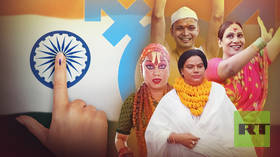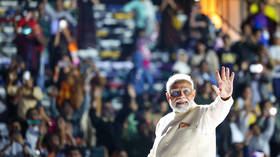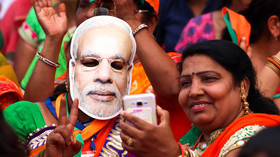Eat, pray, vote: How women are being lured to take part in India’s election amid low turnout
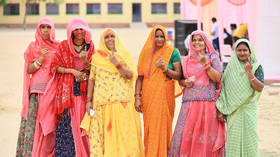
May 13 marked the fourth phase of India’s Lok Sabha (lower house of parliament) election, which will determine whether or not Prime Minister Narendra Modi gets a third term. It was also polling day in Jalgaon, an agro-industrial city in the western Indian state of Maharashtra.
The official Instagram page of Womeniya, an all-female community of entrepreneurs, was flooded with messages, photos, and selfies of women posing outside Jalgaon’s polling stations, some in large groups, flashing their inked fingers, with pouts to match. One message was from a young mother who had decided to leave her eight-month-old with family members for an hour while she enjoyed polling-day revelry with girlfriends.
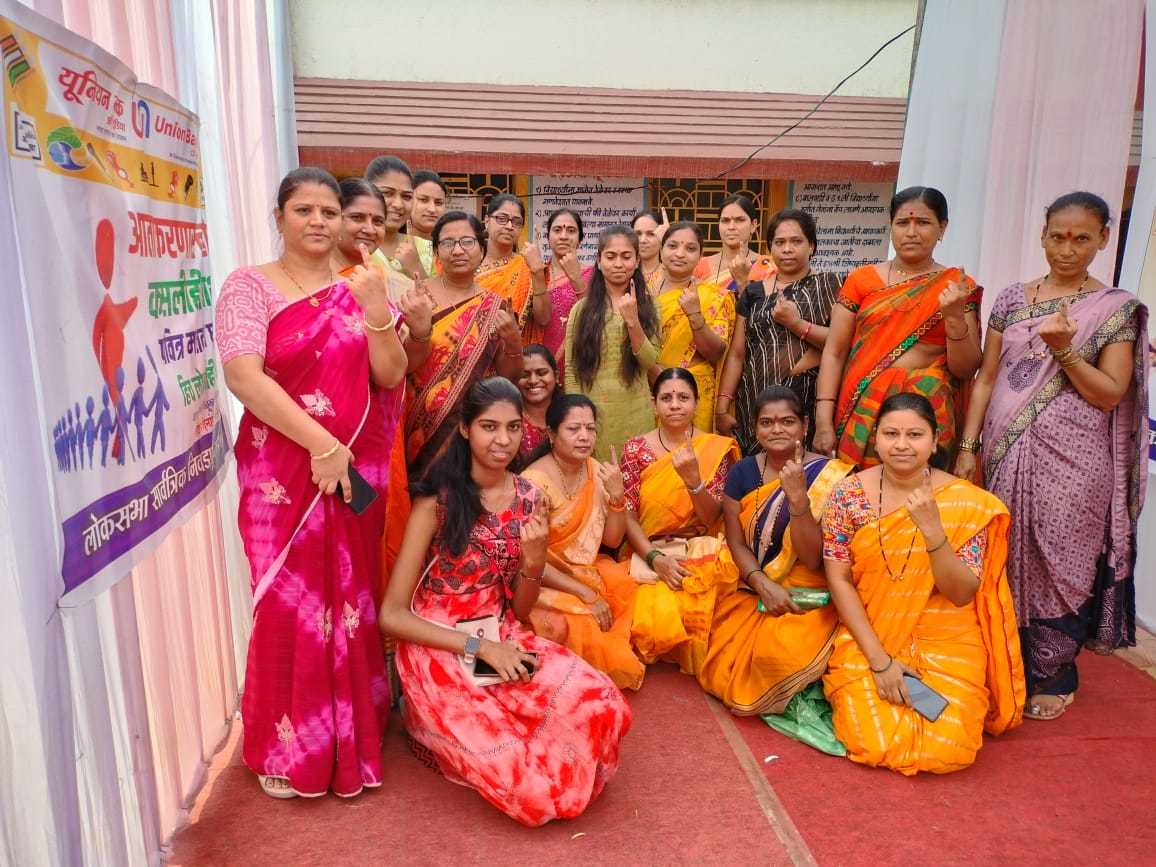
Improving turnout
Womeniya’s advocacy for higher participation by women voters was one of several dozen initiatives by civil society, mirroring the efforts by district officials and the Election Commission Of India (ECI) to improve the turnout of the country’s 969 million voters in its second longest ever election (India's first election in 1951 was a mammoth and unprecedented exercise) – during a scorching summer where temperatures crossed the 45-degree Celsius mark in several regions.
Other notable efforts included a mini marathon christened a ‘democracy run’ in the southern metropolis of Hyderabad, and a free ice-cream for voters in Hubballi, in the south Indian state of Karnataka.
The ECI itself, after the second round of polling, redoubled its efforts to boost voter turnouts, and liaised with civil society groups, traders’ bodies, and others to coax people into casting their vote.
In three major towns of central Indian state Madhya Pradesh, bus operators offered free rides for those who displayed an inked finger. There was also a lucky draw for voters, organied by a trade body. In the southern Indian state of Karnataka, the ECI set up ‘sakhi booths’ that had all-women polling personnel, and ‘green’ polling booths bearing messages on climate change. Rotary Clubs and other groups were roped in across urban India.
The election’s fifth phase was held on May 20 (the seventh and final phase is on June 1). The slightly lower turnouts in comparison to the 2019 election, particularly during the first two phases of polling, rattled the ruling Bharatiya Janata Party (BJP) in recent weeks, prompting fresh exhortations to voters by officials and Hindu nationalist groups. At least some of the lackluster polling numbers were interpreted as fatigue among the BJP’s voters.
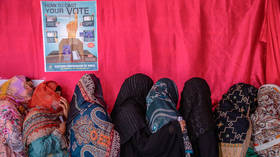
According to the latest data from the ECI, the overall turnout in the first four phases of polling was 66.95% of registered voters, promoted a little by the 69.16% turnout in the fourth phase, and almost as much as the overall turnout of 67.47% in the 2019 election. The fifth phase, coinciding with an intense heat wave in parts of India, recorded a dip once again with an overall voter turnout of 57%. The state of Maharashtra witnessed the lowest turnout at 48.88%, with the main opposition party accusing ECI officials of causing intentional delays and long queues outside polling stations that discouraged voters.
Apathy and disinterest
Low turnout has been a persistent election-time vexation in India. Urban and upper-crust boroughs have often displayed apathy and disinterest, while tens of millions of domestic migrants in the country find it untenable to travel to native districts to cast their ballot.
Historically, about a third of registered voters do not cast their vote during elections in India, a fact that is symptomatic as much of working class people’s inability to take time off work as it reflects a mistrust of the political process.
For decades, Indian women lagged behind male voters in overall turnouts, a gap that was finally bridged in the 2019 general election.
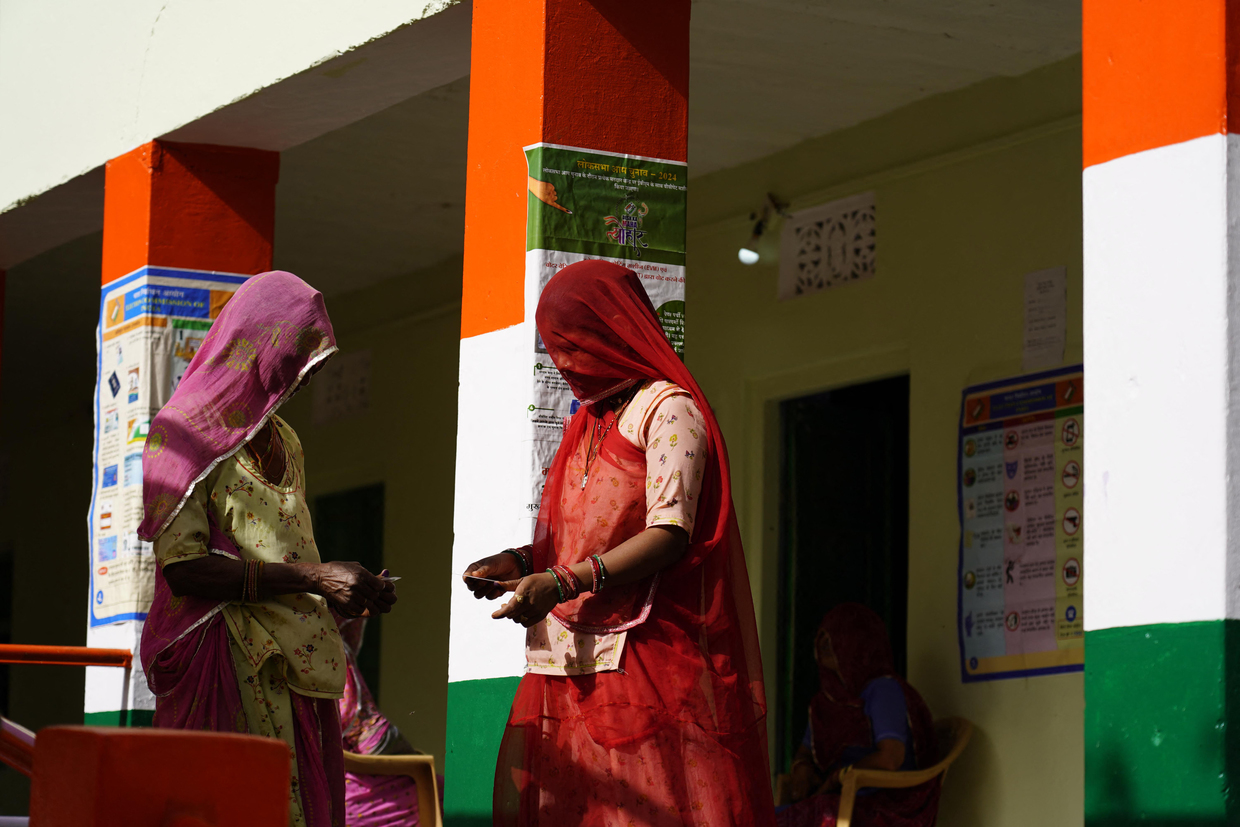
“Many women are hesitant to vote,” said Pooja Mundhra, a chartered accountant who runs Womeniya, a community of nearly 25,000 women entrepreneurs and small business owners that organises online and offline meet-ups, events and educational workshops to help women grow their businesses. “Women often don’t know the polling procedure, and my platform tells them how easy it is.”
She said the message women found most resonant was that polling day was an opportunity to express their opinions on things that affect them.
Along with a little assistance from Jalgaon district collector Ayush Prasad, Womeniya announced contests for polling day. Mundhra said they urged women in Jalgaon to dress “as fancy as they can” when they go to vote, and post on social media photos of their inked fingers and their experiences of voting day. Prizes, sponsored by Womeniya entrepreneurs, were given for the largest group of women who turned the exercise of their franchise into a group outing, for best attire, and so on.
Mundhra, a digital marketing maven in Jalgaon, said the response was tremendous.
Anisha Ravi Talreja, who runs Roorash, a nail art studio in Jalgaon that customizes gel press-on nails for women, offered her DIY kit as contest gifts, stick-and-go nails that are reusable up to five times. “Not only very young people, even women in their 30s and 40s have joined the nail art trend, and this was a cool way to encourage women to vote,” Talreja said.
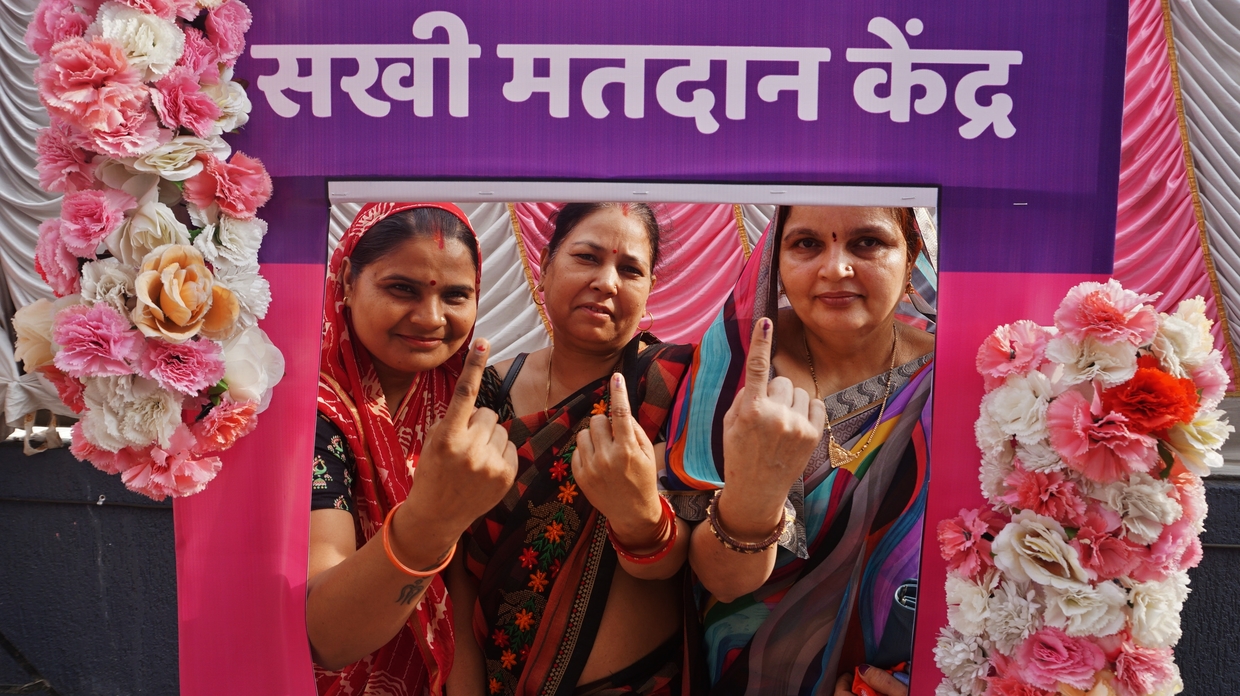
Prasad, the district collector, said the registration of eligible women as voters was itself low to start with. In Jalgaon district, in August 2023, there were only 16,000 women voters in the 18-20 age group. “Our seven-point program to improve turnouts began with ensuring better registration of eligible voters,” Prasad said. Nearly 40,000 young women were registered as voters before the polls.
A widespread problem in rural areas was women’s unfamiliarity with technology and the electronic voting machine. Seen alongside women’s inclination to participate in activities as a group, the district administration decided to promote voting day as a social event, particularly for women.
In addition to the Womeniya initiative and other measures such as drinking water facilities at polling booths, Prasad also featured in an educational video about the process of voting in which he was pictured chatting with the women staffers of a much-loved local eatery in Jalgaon. Donning a hairnet in the blisteringly hot kitchen of the Krishnaji Bharit restaurant, Prasad gamely compared the various stages of the polling process with the various stages of meal-prep, cooking and serving. The video went viral, clocking hundreds of thousands of views and downloads over a couple of weeks.
How successful were Jalgoan’s efforts? While overall turnout in the fourth phase went up to 69%, only a couple of percentage points over the previous round, in Jalgaon city, voting percentage improved by 11.57% over the 2019 numbers. Jalgaon district recorded an improvement of nearly 8% over 2019.
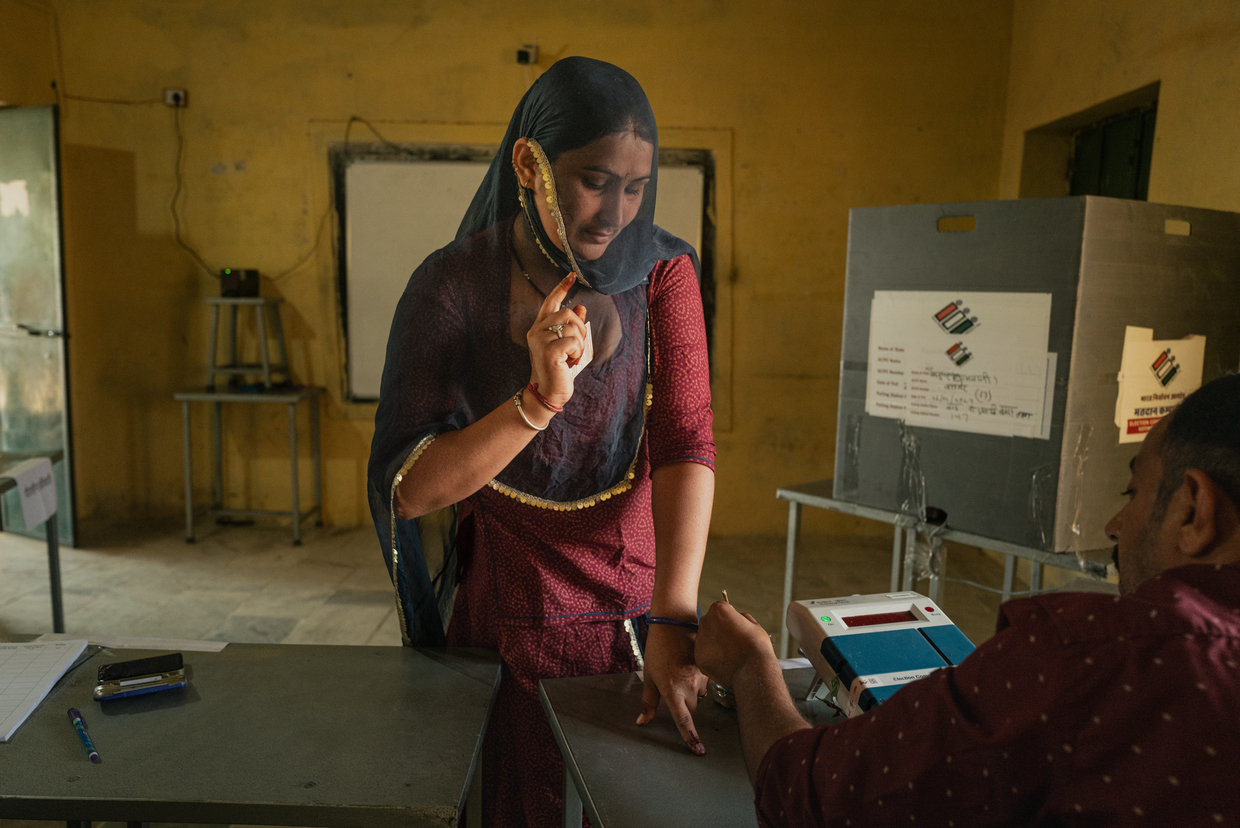
Digital outreach
In another initiative, for six months running up to the election, a small team of volunteers working remotely from home-offices in Mumbai, Pune, and Karnataka took a different approach to making the world’s largest electoral exercise a participatory one, pursuing the idea of a truly engaged citizenry.
The Informed Voter Project released four reports from April onwards, aimed at “decimating guesswork in the political decision-making process,” according to Vivek Gilani, founding-trustee of the Informed Voter Project. These reports assessed the performance of the incumbent government against promises in the BJP’s manifesto in 2019, with a detailed analysis of nearly 98 manifesto promises pertaining to agriculture, environment, labor, human resource development, women and child development, public grievances and pensions, and health and family welfare.
The reports also analyzed the annual growth of candidates’ wealth in comparison with the average growth rate of wealth for the ordinary Indian, as well as criminal records of candidates.
“Unlike the ‘get out the vote’ and other sporadic civic campaigns, we use conventional and digital outreach resources to focus on just the ‘swing voters’ who seek rigorous and reliable information about candidates,” said Gilani. “This efficiently mitigates apathy amongst voters.”
“Indifference is not good for democracy,” Modi recently said during a television interview, when asked about lower turnouts. Nearly 297 million eligible voters failed to exercise their franchise in the 2019 election, a figure that is unlikely to change dramatically despite many heartening civil society efforts.
